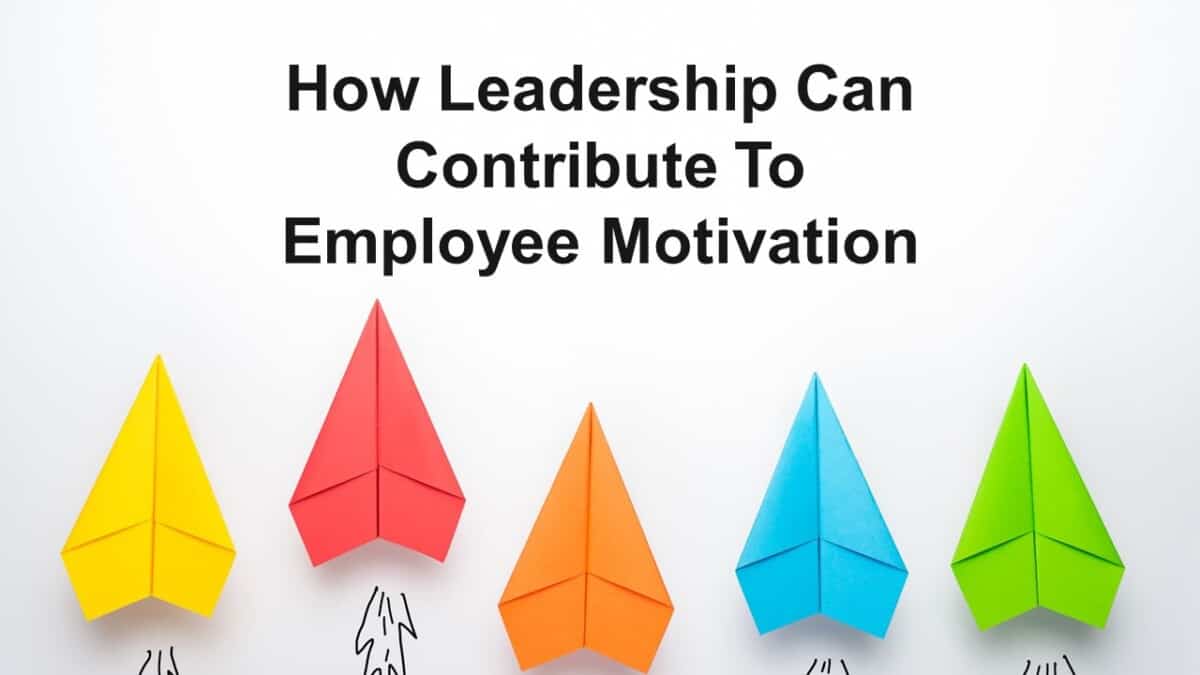The Culture Code by Daniel Coyle: A Summary

The Culture Code explores how highly successful groups work together to build cohesive, motivated cultures and achieve greatness. Author Daniel Coyle uses real-life examples and case studies to illustrate the book’s three main lessons: 1) creating belonging, 2) sharing vulnerability, and 3) establishing purpose.
Five Things Leaders Can Do To Improve Employee Experience

To improve employee experience, leaders can ask employees about their needs, foster a culture of feedback, start with realistic expectations, align their leadership teams, and communicate effectively. These strategies support employees and empower them to work well together.
How to Measure Employee Experience (10 Tips)

View the employee experience as a human life-cycle measure, not a static point, Start with the basics, but don’t stay there, Diversify feedback channels, Use multi-dimensional metrics, Incorporate people-centric measures, Understand what’s important to your employees, Include diversity and inclusion (DEI) in your measures, Regularly update and revamp measures, Evaluate manager-employee relationships, and Act on your findings
How Leadership Can Contribute To Employee Motivation

Leadership can contribute to employee motivation and support a positive employee experience by creating an atmosphere of trust, regularly checking in with employees to find out what they need to succeed, celebrating their successes, letting them know they are making an impact, and facilitating their growth.
What Role Does a Leader Play in Employee Experience?

Leaders play a critical role in shaping employee experience. Their interactions with employees, the culture they create, the values they espouse, and the “talk they walk” significantly impact employees’ well-being, engagement, and productivity. Creating a positive employee experience ensures positive outcomes.
How To Be a Good Leader in Difficult Times

There are six areas leaders can focus on that will help them support their teams and keep them motivated to do great work, even in difficult times: Communication, accountability, flexibility, adaptability, authenticity, and compassion.
10 Characteristics of a Leader

There are 10 characteristics a leader needs to thrive and lead teams that thrive. Leaders who are visionary, adaptive, empathetic, innovative, transparent, collaborative, resilient, ethical, inclusive, lifelong learners will be better equipped for future challenges and better able to help their teams succeed.
What Is a Leader in Management?

A leader in management motivates and guides employees to work together to meet goals by building authentic influence beyond positional authority. Leaders do this by clearly articulating a vision that unites employees, committing to the growth of team members, and fostering a positive, inclusive work environment.
What Is an Inspirational Leader?

What is an inspirational leader? While there are several key characteristics of great leaders, there are five specific attributes of inspirational leaders that set them apart. The five attributes are a clear vision, an aligned purpose, steadfast resilience, an embodiment of empathy, and unwavering integrity.
8 Traits of a Good Leader

The eight traits of a good leader in today’s business world are self-awareness, connectivity, fairness, confidence, flexibility, improvisation, kindness, and taking it for the team. These traits engage, enable, and energize people to do great work.